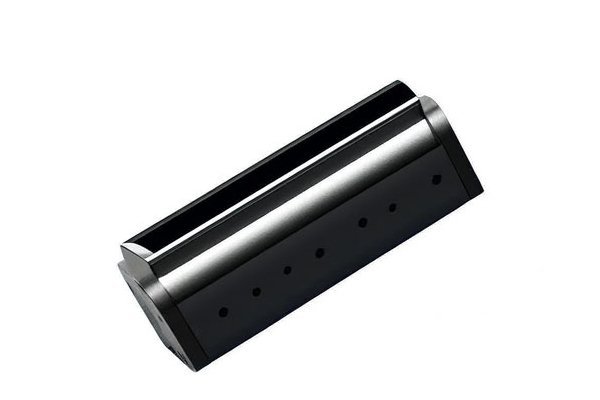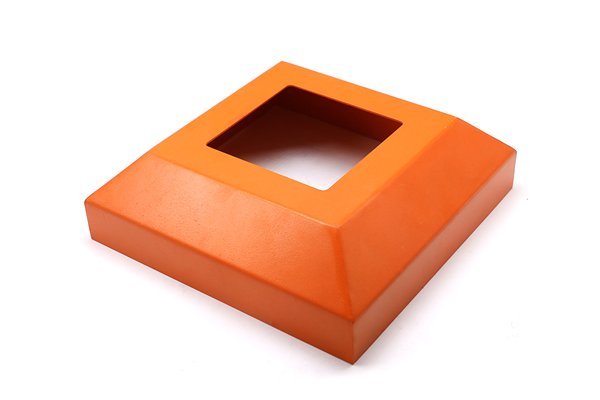Opening
Did you know that the aluminum CNC machining industry is projected to reach a value of over $150 billion by 2025? This staggering statistic reflects not only the growing demand for aluminum components but also the technological advancements that are reshaping the landscape of manufacturing. With diverse applications spanning automotive, aerospace, and consumer electronics, understanding the trends in aluminum CNC processing is crucial for manufacturers looking to thrive in this competitive market.
In this blog, we’ll explore the significant trends affecting aluminum CNC processing, analyze their implications for market dynamics, and uncover the myriad opportunities they present for manufacturers striving to optimize their operations.
Understanding the Trends in Aluminum CNC Processing
The rise of Industry 4.0 has ushered in an era of automation that is transforming traditional manufacturing methods. CNC machining is increasingly being integrated with advanced technologies such as the Internet of Things (IoT) and artificial intelligence. This integration enables real-time monitoring, predictive maintenance, and streamlined operations.
Solutions:
As industries strive for improved energy efficiency and performance, lightweight materials like aluminum are gaining traction. This trend is particularly prominent in the automotive and aerospace sectors, where weight reduction is directly linked to fuel efficiency.
Solutions:
With an increasing demand for personalized products, CNC machining has become a preferred method for rapid prototyping. Companies can quickly adapt designs based on customer feedback and market demands, leading to a more agile manufacturing process.
Solutions:
Sustainability is no longer an option but a necessity. As regulatory pressures increase and environmentally conscious consumers demand greener products, manufacturers are pressured to adopt sustainable practices in CNC aluminum processing.
Solutions:

As manufacturers aim for precision and enhanced performance, the development of advanced tooling and surface treatments has become indispensable. Innovations in tool materials and coatings can lead to improved durability and performance of CNC machined components.
Solutions:
In today’s global marketplace, supply chains are more susceptible to disruptions than ever. A robust supply chain strategy is vital to ensure that manufacturers maintain efficiency and meet customer demands.
Solutions:
As technology evolves, there is a critical need for a skilled workforce adept in modern CNC machining techniques. Manufacturers must invest in recruiting and training talent to harness the latest advancements effectively.
Solutions:
Ending
In conclusion, the trends in aluminum CNC processing present a multitude of opportunities for manufacturers, each with its own set of challenges and potential solutions. From embracing automation and Industry 4.0 to prioritizing sustainability, the future of aluminum machining hinges on adaptability and innovation.
Understanding these trends not only helps manufacturers optimize their operations but also aligns their strategies with the evolving demands of the marketplace. As the industry continues to grow, staying ahead of these trends is vital for ensuring long-term success and resilience in a dynamic environment.
In a world where staying competitive is increasingly challenging, acknowledging the significance of these trends in aluminum CNC processing is paramount. By positioning themselves strategically, manufacturers can not only navigate the complexities of the current market but also pave the way for sustainable growth and success in the years to come.
For every stakeholder in the manufacturing ecosystem, this blog serves as a reminder of the vital importance of embracing change and harnessing innovative technologies to meet the demands of the future. So, are you ready to adapt and thrive in the world of aluminum CNC machining? The time to act is now.






